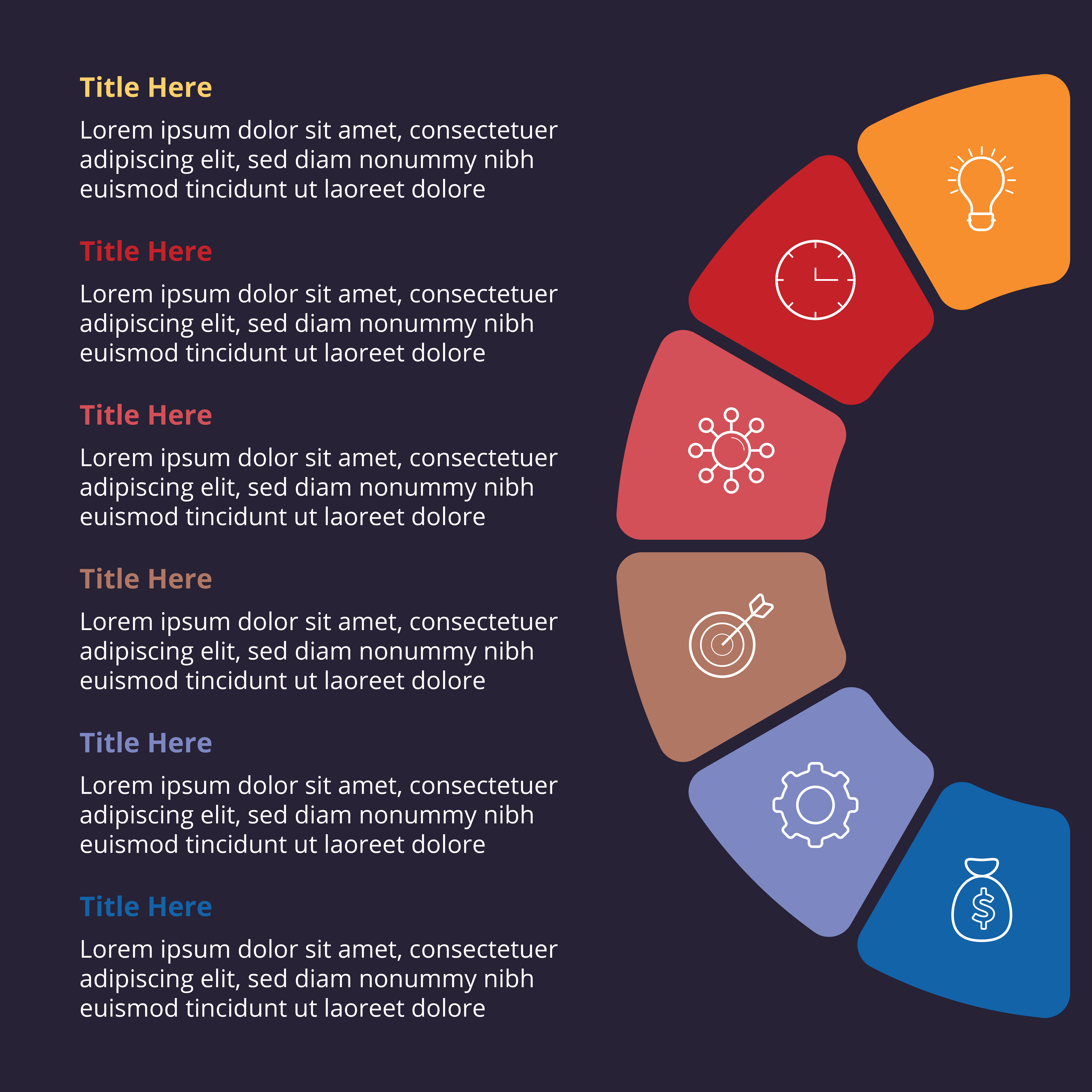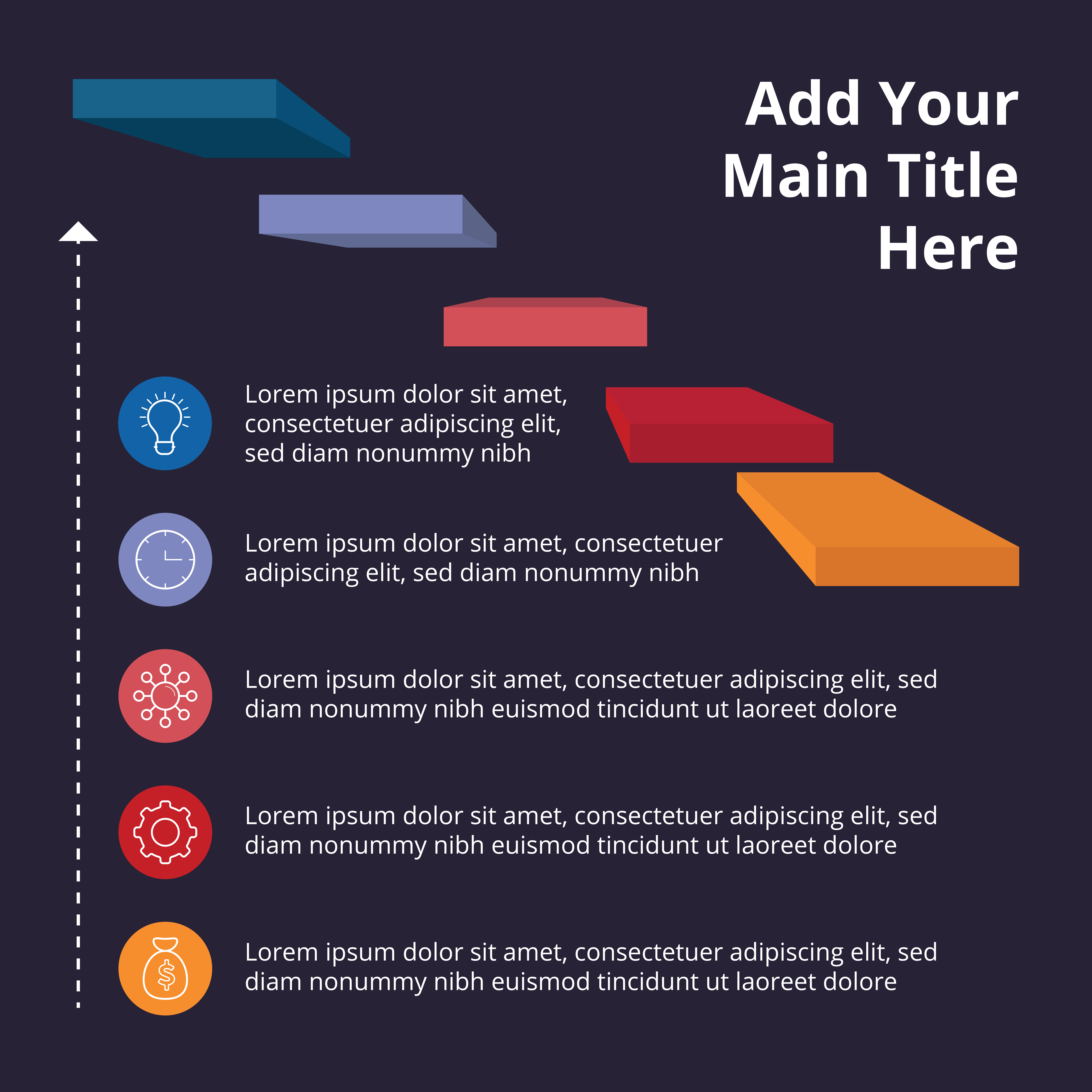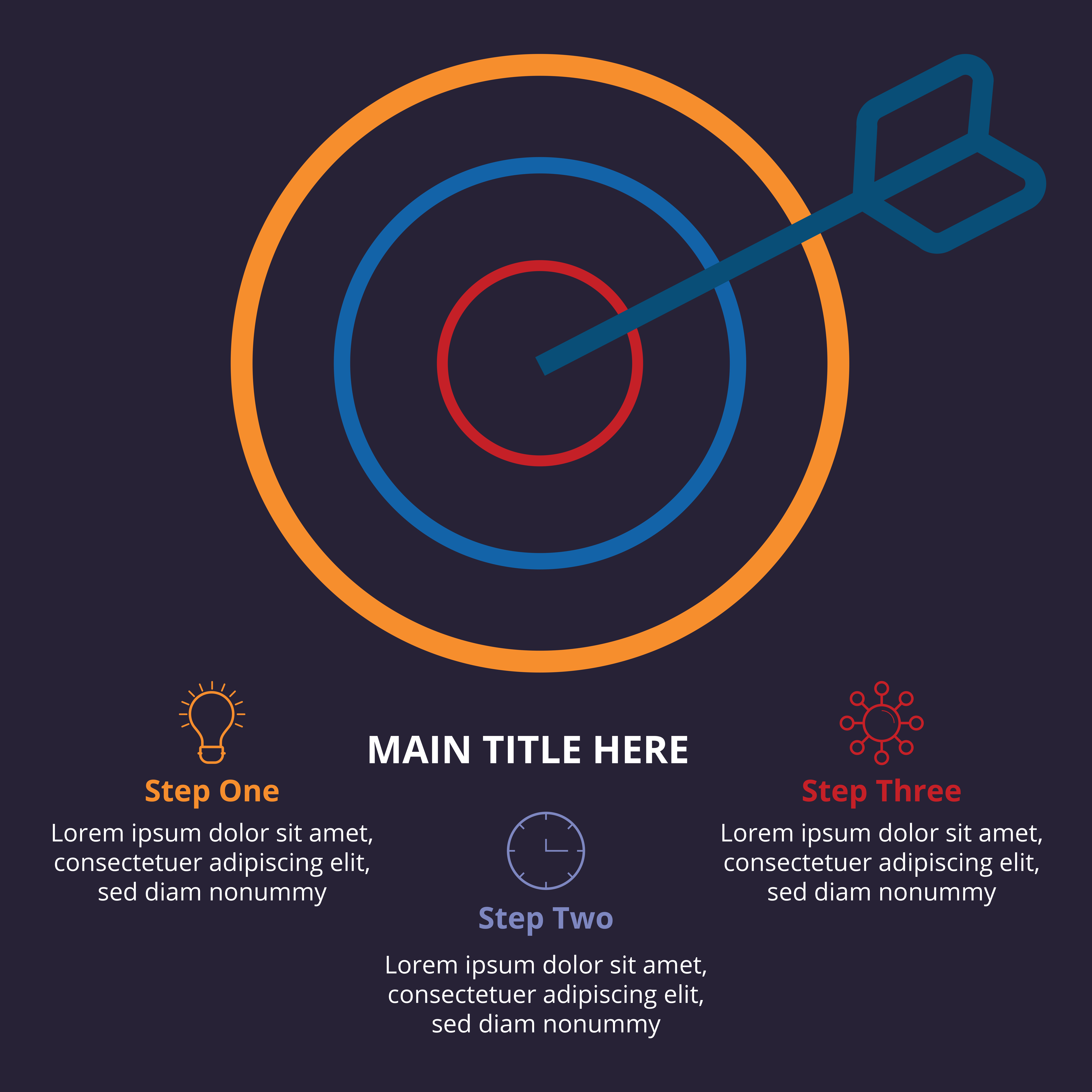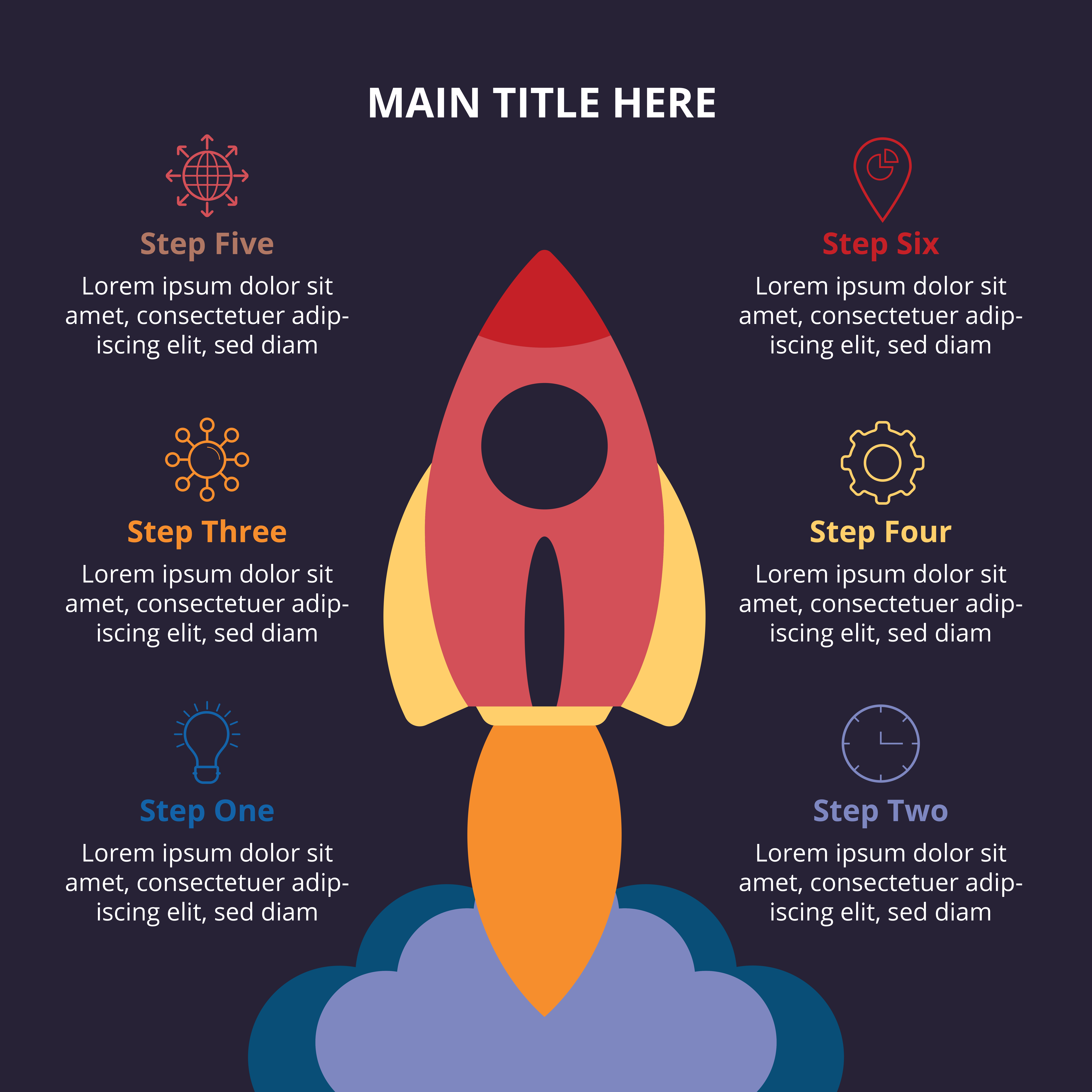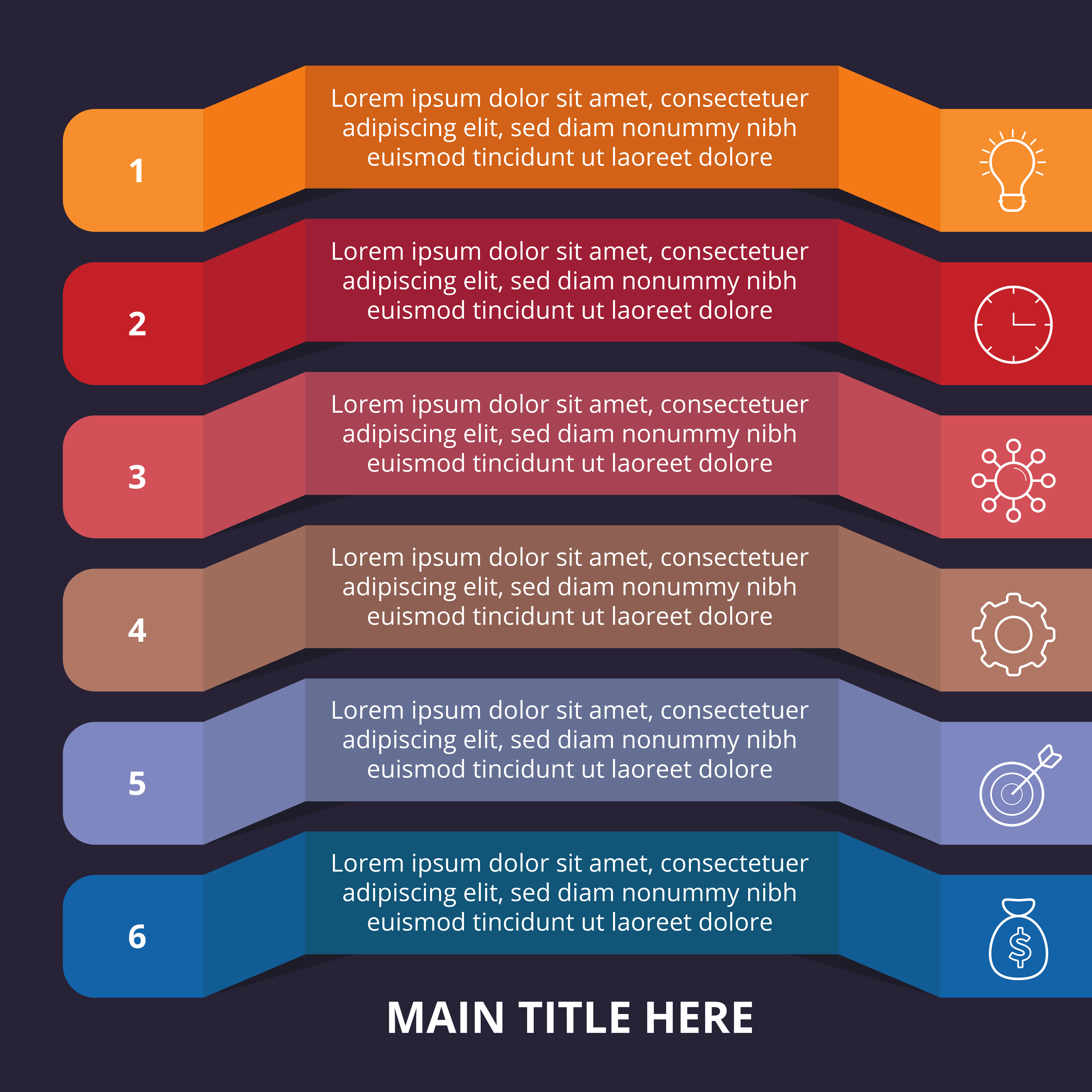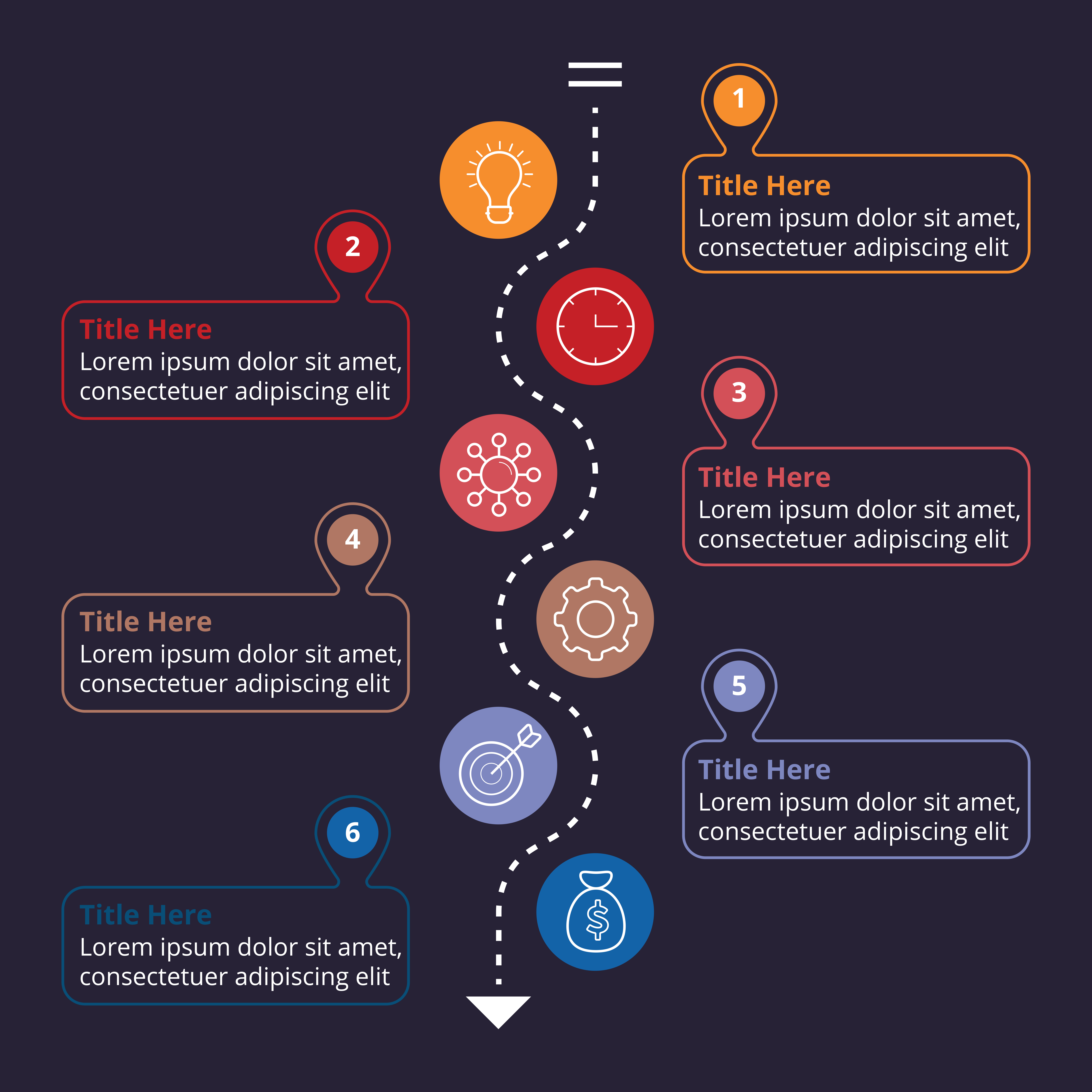The word “infographic” is a fusion of the words “information” and “graphic”. What are infographics used for? Infographics are digital communication tools based on the visual representation of data. Such tools allow you to give meaning to your content, through illustrations, animations, texts or icons; it helps readers remember all the information in a short time. Today, this technique is widespread as many professionals use infographics to get their message across. When translating your digital content, it’s best not to disregard the translation of infographics for they have become a crucial feature of the marketing strategy. With a full translation, your infographic can be viewed and understood by a wider audience, and you can break the language barrier. Opening up to the world and its countless markets means adopting the right marketing method.
In this article, Cultures Connection shows how crucial translating infographics is, with two key questions:
– How to translate infographics?
– Why translate infographics?
Some factors are essential to create an effective infographic, such as the target audience, the theme and the information you want to share. You should conduct a market study beforehand on all these aspects. Next, it’s up to you to choose the design and tone that best suit your infographic. There are a great number of infographics, i.e. statistical –to put data in images–, informative –to present a subject–, comparative –for example, a particular pyramid next to a reference pyramid-, and many more.
1. How to translate infographics?
Translating an infographic is not always an easy task, as it is a document that requires both translation and layout skills:
- You need an experienced translator who knows how to translate infographics. Translating your content without forgetting infographics is crucial if you want to export internationally. When a presentation page contains some text and an image, your eyes naturally move towards the image. Viewers tend to read a text without really paying attention to it. Infographics are what we see first and what we remember, hence the importance of a quality translation. A visual representation helps memorizing the content;
- It’s important to stay true to the brand and its identity when translating content, and not to get lost in over-translation or stray from the corporate culture. The translator must take into account cultural differences between the source and target countries as well as layout challenges. Space constraints in an infographic are a challenge. The translation must fit within the graphic framework of the initial text, so that the result is completely identical;
- You need to hire a professional who can do a similar layout if it is hard to edit your infographic. Three main visual design software programs are available for DTP i.e. page layout: Photoshop, Illustrator, and InDesign. Although made easier to use over the years, these software are still intricate for non-professionals, and their use requires real skills in graphic design. The design of infographics requires a lot of time and this work can quickly become tedious.
Here, Cultures Connection has collected for you templates of infographics that are useful to communicate your message depending on your company’s industry.
2. Why translate infographics?
A website or visual presentation is not fully translated if the images in it are not translated too. Clients can benefit from translated infographics in several ways:
- You bring your corporate message to the forefront: this allows an international audience to assimilate it more quickly and effectively. As they say, a picture is worth a thousand words. This is why an infographic translated appropriately can facilitate the presentation of your data and make it more understandable to a foreign audience;
- Your natural referencing on Google or an alternative search engine will be improved by the translation of infographics. In an original website, infographics play a big role in the SEO strategy as they complement the visibility of the website. Therefore, to aim for the same success in the search results in a foreign language on a browser, it is mandatory to have this content translated. Infographics are very often shared, which leads to the increase of your notoriety among the targeted audience;
- Your website will be more visually appealing and attractive if the images are also translated. Your site will be more fluid, and it makes more sense to provide infographics in the same language as the text.
For all these reasons, it is essential to show infographics, whether on your website or in meetings with foreign clients. If you haven’t yet opted for this visual tool, Cultures Connection recommends that you do so. Never leave infographics aside when you translate your content, because this marketing communication tool will help you succeed.

